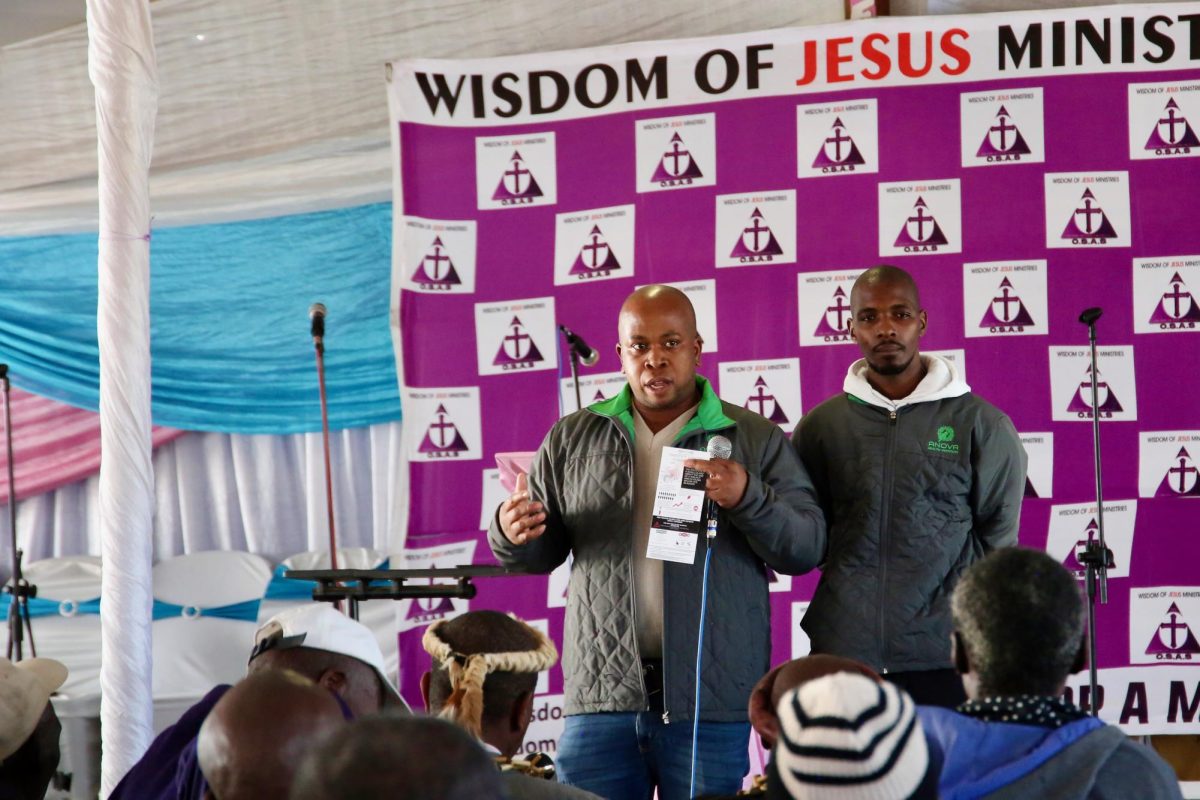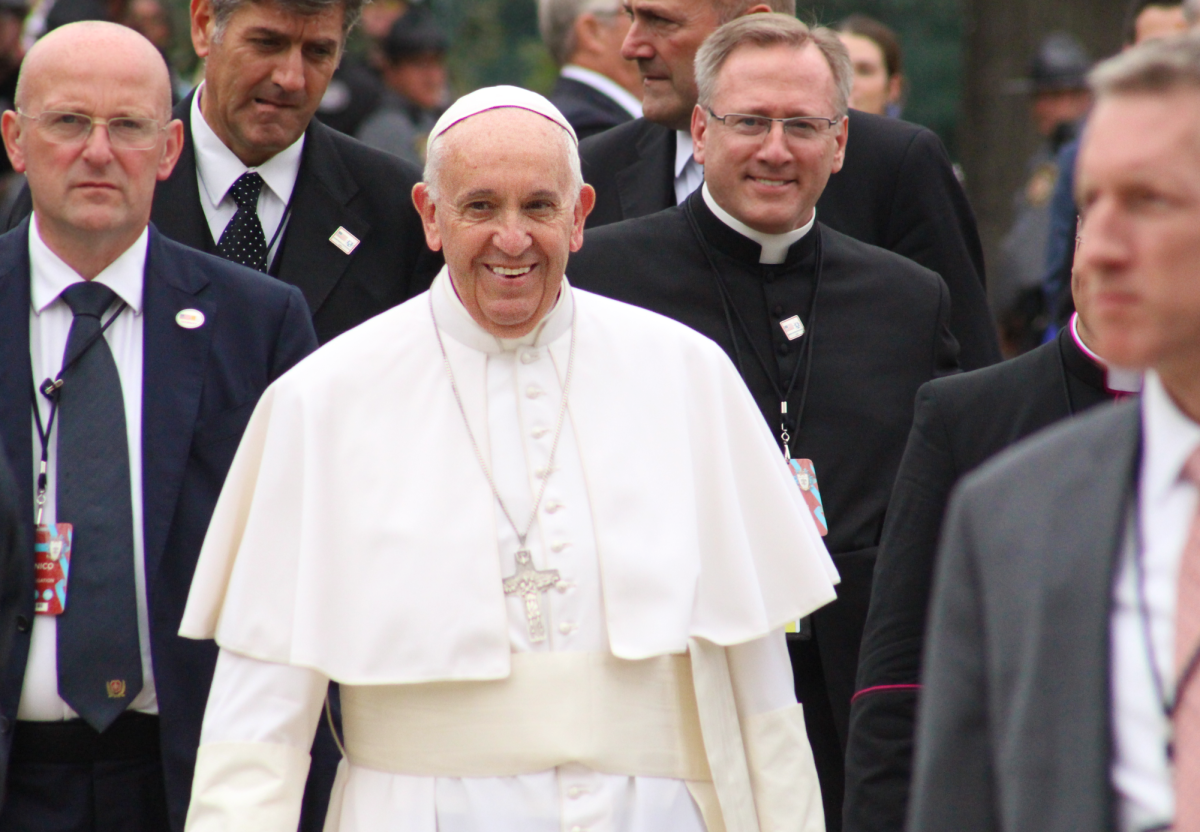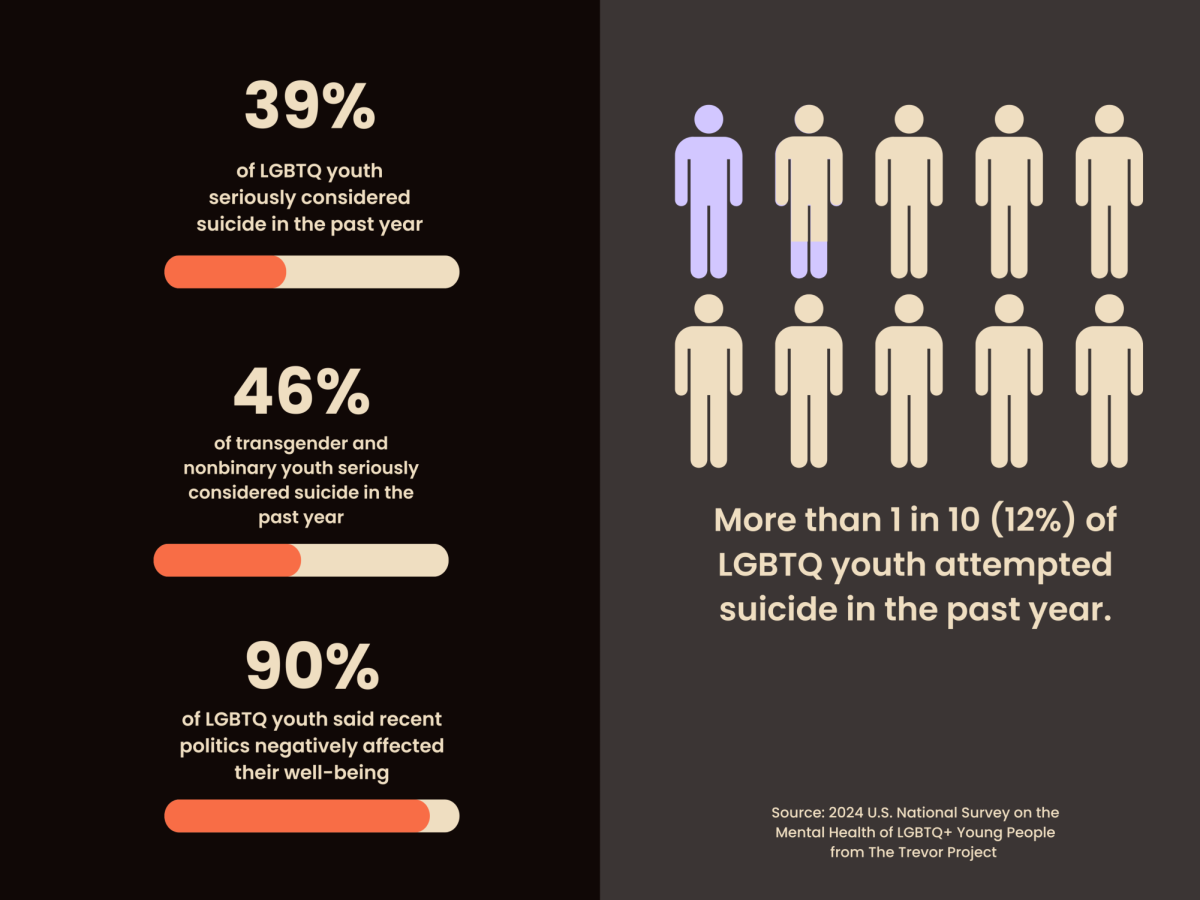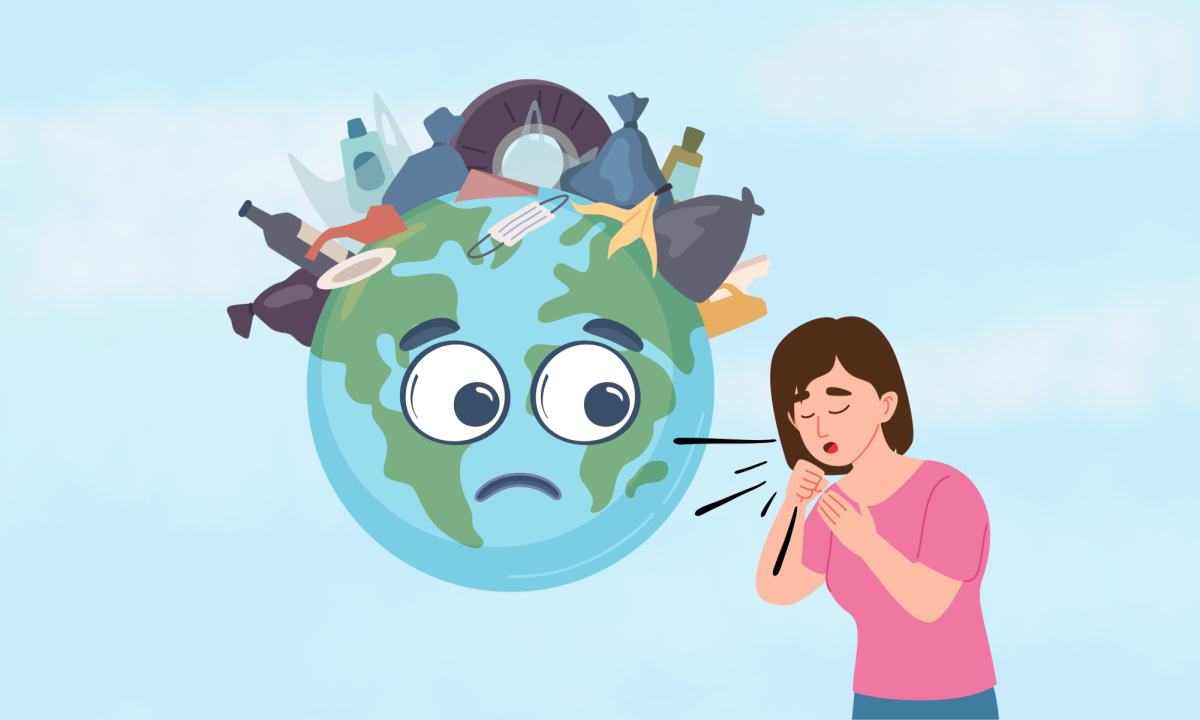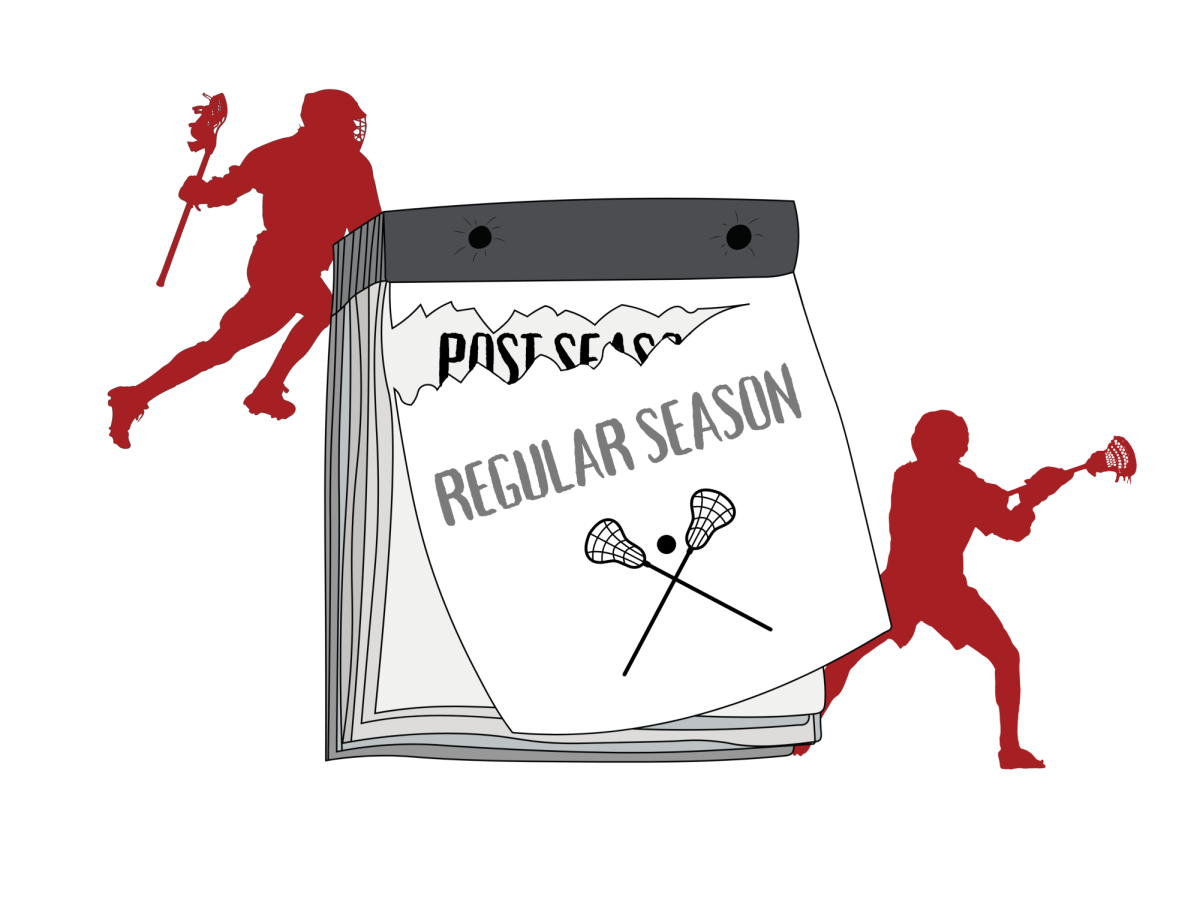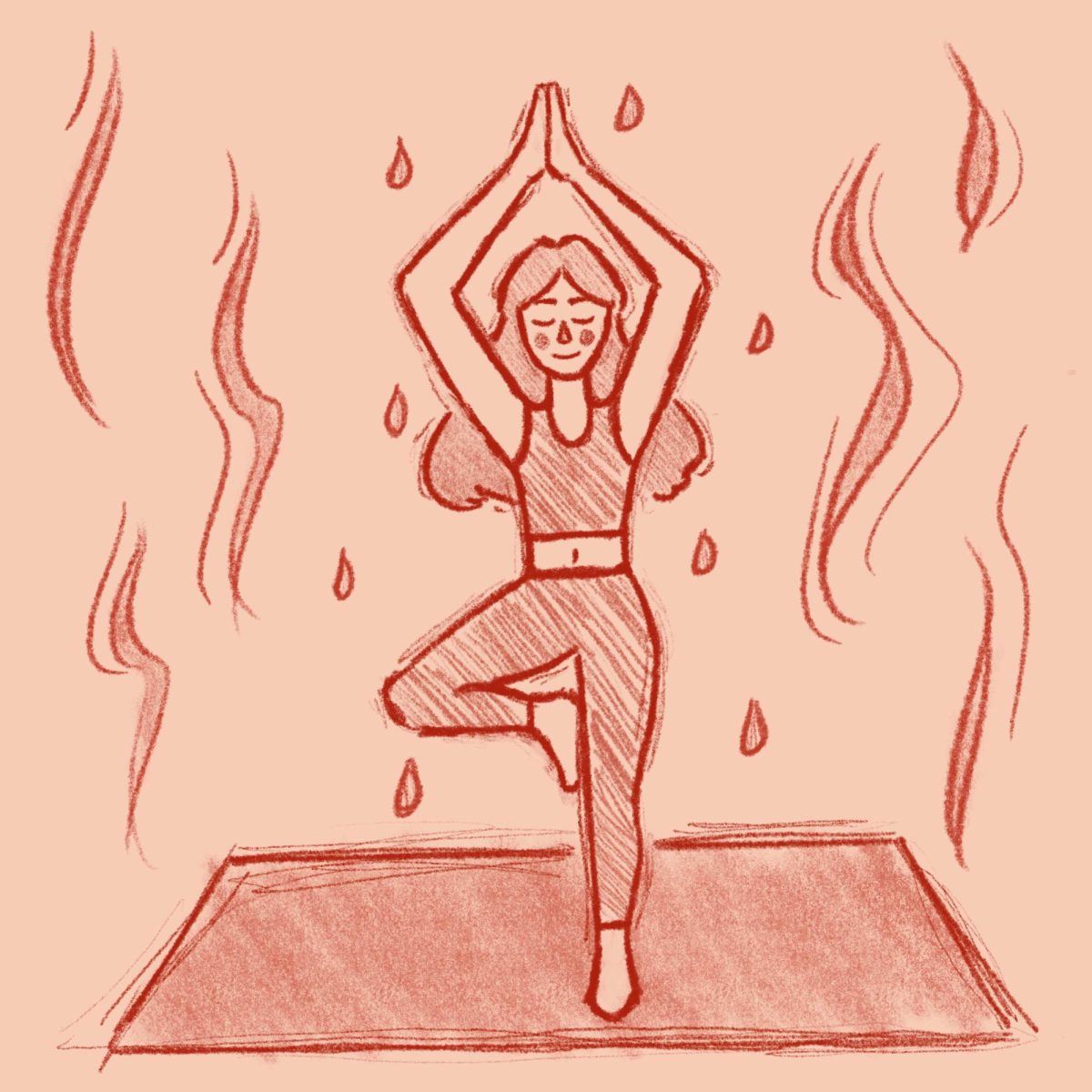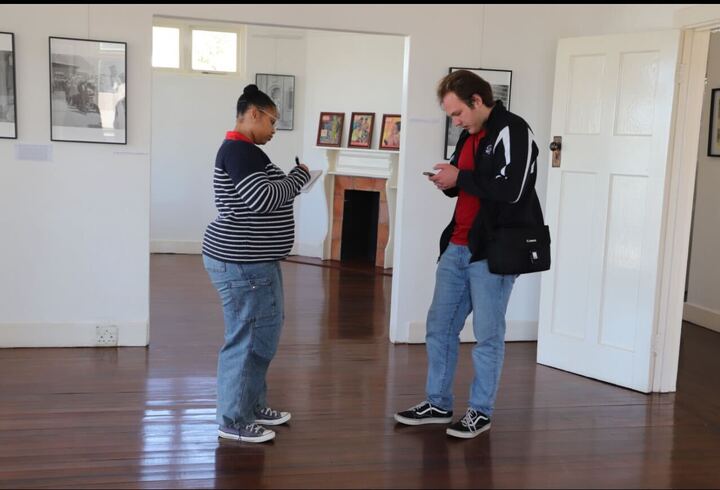A 31-year-old man, Koffi Dzima, was fatally shot by Philadelphia police on Oct.26, a block from campus.
For a period of time, few people knew what had happened. Students weren’t allowed past police barricades into their off-campus houses. Some students in houses near the shooting were told to shelter in place.
On campus, rumors spread as three news helicopters buzzed overhead.
Soon, stories about what happened began to appear on local media outlets. Most of the headlines for those stories lead with an officer being shot, not that a man had been killed by the police.
As journalists, our job is to report the news and to tell that story based on the most important details. The story many local outlets went with pushed the police’s initial narrative, and privileged the fact that a cop had been shot. When it came to light that the cop had been shot in a friendly fire incident, the media’s frame didn’t change.
The narrative of Black death as collateral damage strongly affects our communities, and the way people within the communities think about these stories.
A big topic of conversation among students the day after the shooting was whether the police had the right to kill the man because of his behavior.
In many of these conversations, students have argued that the police had no other choice. They expressed sympathy for the police and for the students in the area. But they offered little sympathies for the man who was killed.
We know how different the public reactions would be if a white person were killed by the police (We also know that based on local and national statistics, a white person would be less likely to be killed by police). Instead of offhanded comments about the man deserving to die, we would express grief for the loss of life and hold vigils.
Police and media create narratives that impact the way we think about political policies. Instead of questioning them, we are quick to accept them without thinking critically.
Systemic racism is deeply ingrained within the police and criminal justice systems, and there is no shortage of evidence to prove it. Black men face a much higher rate of being killed by police than any other group. Black men are 2.5 times more likely to be killed by police than white men, and despite making up only 13.4 percent of the population, Black men make up 22 percent of fatal police shootings.
Police are also not equipped to handle many areas of policing they are responsible for. Many times there are situations, such as mental health issues, where the police do not have the proper training or descalation skills to handle the matter. These situations often end in death for Black men, as it did last year with Walter Wallace Jr., the 27-year-old Philadelphian who was fatally shot on the same date as Dzima.
Collectively, U.S. cities spend $100 billion a year on policing, while other programs such as education, housing and healthcare are underfunded. Instead of relying solely on police to deal with issues they are not equipped for, we should provide resources for programs and people that can help.
All of the institutions that enforce racialized narratives of police violence should work towards implementing systemic changes and offering resources that can reduce these deaths, instead of constantly justifying the killing of Black people.
The way we talk about these incidents is important. Black people do not deserve to be scrutinized at a harsher level than their white counterparts. Their deaths are just as tragic and their lives hold the same level of value.
As a community that promotes caring for the whole person, we should care when a Black man dies, instead of finding reasons to justify it.



